Semi-Slav: 4 Must-Know Plans and Ideas
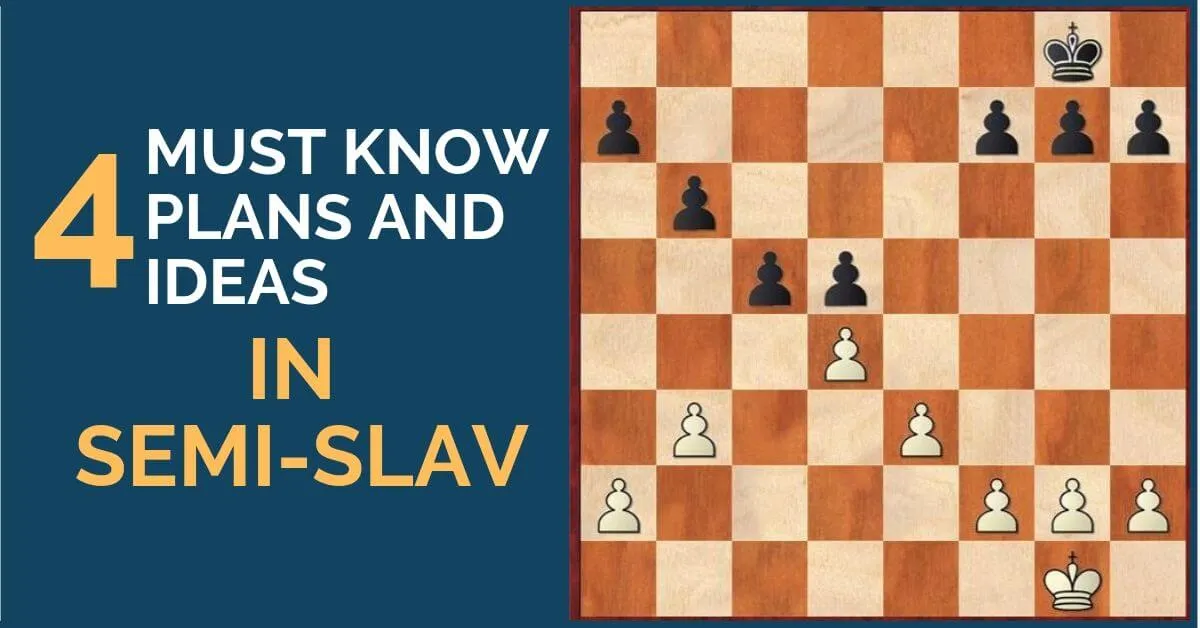
Semi-Slav and its Plans and Ideas. The Slav is a very popular opening and a reply for the black player against 1.d4. There are many lines and set-ups possible for both players, but in this article, we are going to focus on the Semi-Slav and one very common structure that appears in this variation – the a7-b6-c5-d5 pawn formation. First of all, the Semi-Slav is characterized by black’s decision of keeping the light-squared bishop on c8 and playing …e6.
This bishop is most commonly developed later to b7. And, the main ruptures black has are …e5 and …c5. As with any typical ruptures, they cannot be executed automatically. Black has to wait for the right moment and make sure he coordinates his pieces very well before taking any central actions. The resulting positions are usually in balance, with chances for both sides. You can reach the structure that we will study in this article after black’s …c5.
As far as white is concerned, he also has a few setups to choose from against the Semi-Slav, but in this article, we are going to focus on the most common one, where white develops his light-squared bishop via e2 or d3. The typical rupture in his case is e4, which should also be executed with care and at the right moment.
This set-up leads to the following typical structure that we will discuss in detail below:
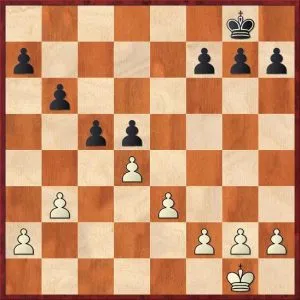
Here are a few things to keep in mind about it:
- The capture on c5, resulting in hanging pawns or an isolated queen’s pawn structure is possible, but shouldn’t be played automatically. You should consider it at all moments. But, you should only execute it when you have the coordination of all your pieces and are ready to attack the pawn(s). If black placed their pieces well, the hanging pawns can advance quickly, with dangerous consequences for the white player. The main problem is that after this trade the bishop on b7 suddenly comes to life on the long diagonal;
- A common and powerful idea is to play for the weakness of the light squares in black’s position. In order to achieve this, white is willing to trade his good bishop for black’s bad one. This might sound weird, but the absence of the black bishop can give white some extra pressure. First of all, without the bishop on b7, white’s pressure in the center increases considerably. The pawn on d5 is an easier target without its main defender. White can also combine this with ideas on the queenside, depending on the position on the board;
- Another way of increasing the central pressure for white is by rerouting his light-squared bishop to the long diagonal. You can do this in two ways. One is via f1, and the other, more active, is via f5-h3. You do not use this maneuver only in order to bring the bishop to g2. You use it also to increase the pressure on the c file (the c5 pawn) by hitting on the d7 knight;
- Keep flexible; you can always juggle these plans and not commit to only one of them until you get the desired position. Put your opponent to the test, see how he responds to different threats, and change the set-up if necessary.
In the first example you can see how the absence of the light-squared bishop can put black in a difficult situation:
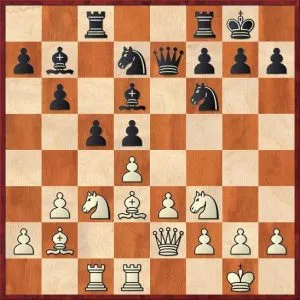
Mareco, S – Suarez Gomez, J, Santiago de Compostela 2018
In the diagrammed position the decision of trading the bishop on b7 comes easy. The d5 pawn will be under attack and, with the black queen on e7, the queenside can also be a target. In the game black immediately went wrong and gave white a winning position, but it is clear that white has the better game and his position is easy to improve.
Model Game 1 – Semi-Slav:
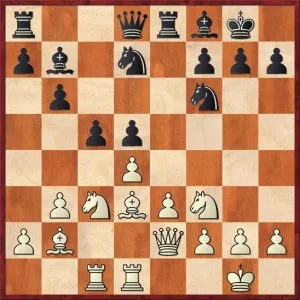
Rodshtein, M – Kantarji, P, ISR Ch, 2019
This game is a great example of flexibility; in this position, white continued with Bf5 but didn’t commit the bishop to this diagonal. He continued with Na4, putting pressure on c5, and then switched to the idea of Ba6 by returning to d3. Black didn’t allow this, so he continued to improve his pieces and at the right moment captured on c5 and left black with a bad version of the hanging pawns.
Model Game 2 – Semi-Slav:
We hope you’ve enjoyed the examples above and understood the main idea of how to deal with this structure.
Looking for more on this opening? Here is the article on 7 Greatest Games.
We also recommend reviewing Catalan Opening: Complete Guide.
Thank you for reading!



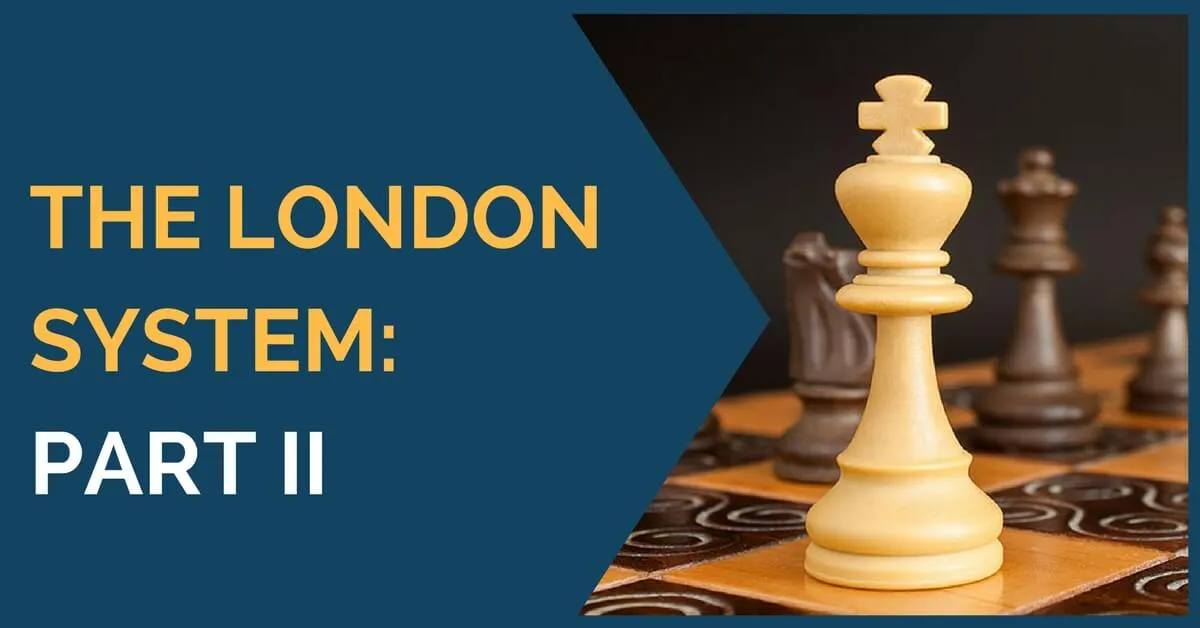

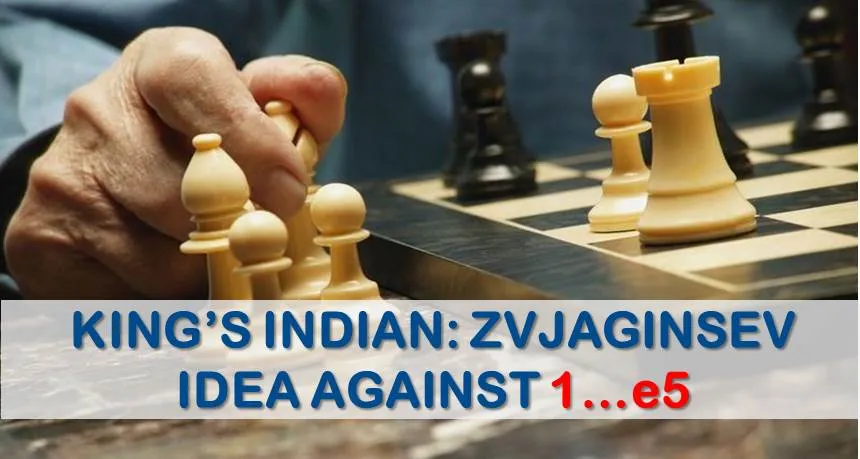




Comments: